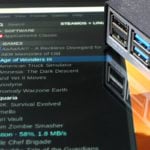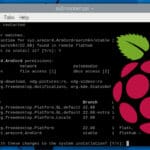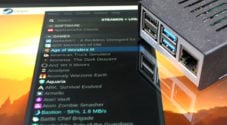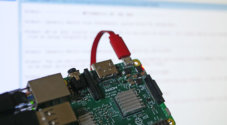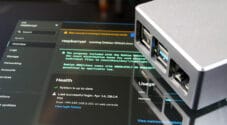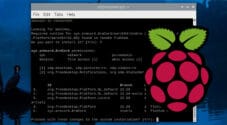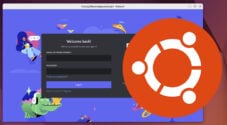This tutorial will show you how to install and run Discord on your Raspberry Pi.
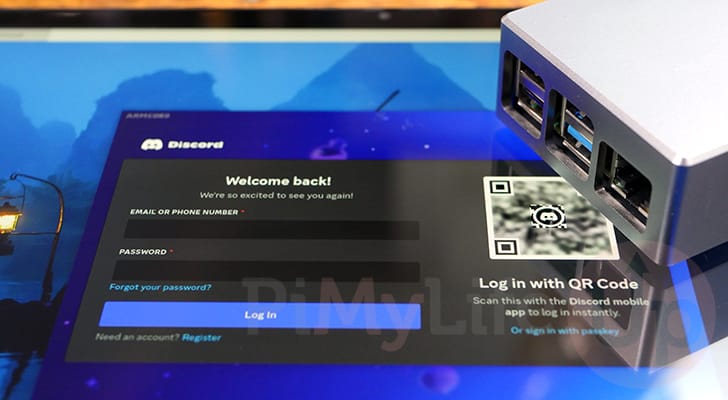
Discord is among the most popular video, audio, and chat platforms. It offers a ton of functionality right out of the box with basically zero cost of entry. You can create your very own Discord community in just a couple of clicks, or you can join many others.
While Discord does not offer an official client for Linux ARM systems, plenty of third-party solutions exist. These solutions are pretty simple as most of them just load the web browser version of Discord but make it act and feel like the native application.
In particular, this guide will be showing you how to install and use a third-party Discord client called ArmCord on your Raspberry Pi. ArmCord is a lightweight Discord client that uses a newer version of Electron.
Of course, if you want to avoid using a third-party client for Discord on your Raspberry Pi, you can simply load up the Discord web app in your favorite web browser. It will look and feel like the official client but will require you to keep your browser open.
Equipment
Below is a list of equipment we used when setting up Discord on our Raspberry Pi.
Recommended
- Raspberry Pi Amazon
- Monitor Amazon
- Micro SD Card Amazon
- Power Supply Amazon
- Ethernet Cable Amazon or Wi-Fi Amazon
Optional
We tested this tutorial on a Raspberry Pi 5 running the latest version of Raspberry Pi OS Bookworm (64-bit).
Installing and Running Discord on your Raspberry Pi
Over the following steps, we will walk you through installing and running Discord on the Raspberry Pi.
Preparing your Raspberry Pi to run Discord
1. Before installing Discord, we must ensure that our Raspberry Pi is running an updated operating system.
You can use the following two commands to update the package list cache and upgrade the out-of-date packages.
sudo apt update
sudo apt upgrade -yCopy2. After your system is updated, you will want to ensure the curl package is installed. We will use this package to grab the GPG key for the ArmCord package repository.
To ensure curl is installed, run the command below in the terminal.
sudo apt install curlCopyAdding the ArmCord Discord Client Package Repository
3. While we can’t install the official version of Discord to our Raspberry Pi, we can use a great third-party alternative called ArmCord. To ensure we get the latest versions of ArmCord we will be adding their package repository to your system.
Your first step is to grab the GPG key for ArmCord and store it within your keyrings by running the following command. Here is where we put the “curl” tool we installed earlier.
curl -fsSL https://apt.armcord.app/public.gpg | sudo gpg --dearmor -o /usr/share/keyrings/armcord.gpgCopy4. Once the GPG key is saved to your system, you can add the ArmCord repository to your sources list by using the following command.
echo "deb [arch=$(dpkg --print-architecture) signed-by=/usr/share/keyrings/armcord.gpg] https://apt.armcord.app/ stable main" | sudo tee /etc/apt/sources.list.d/armcord.listCopy5. Before your Raspberry Pi will realize it can now install this third-party Discord client, you must update the package list cache.
When you update the cache this time it will load in the new ArmCord source we added in the previous step.
sudo apt updateCopyInstalling ArmCord to your Raspberry Pi
6. Thanks to us using the official ArmCord package repository, installing this third-party Discord client to your Raspberry Pi is as simple as running the following command within the terminal.
sudo apt install armcordCopyRunning the Third-Party Discord Client on your Raspberry Pi
7. If you want the easiest way to run ArmCord on your Raspberry Pi, all you need to do is simply use “armcord” within the terminal.
armcordCopy8. Of course, using the desktop interface on your Raspberry Pi, you will want to find it without resorting to the terminal.
First, you will want to open the start menu by clicking the Raspberry icon in the top-left corner.
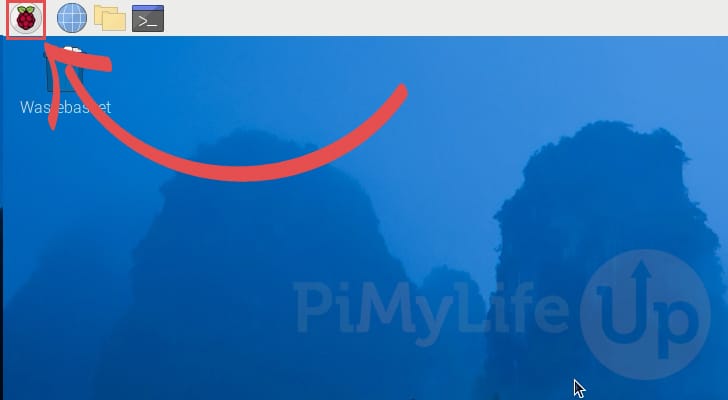
9. With the start menu open, hover over the “Internet” option (1.), and then click the “ArmCord” icon (2.).
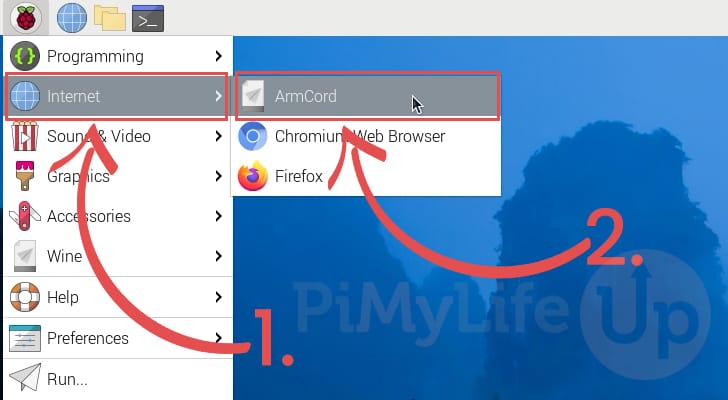
Initial Setup Steps of ArmCord
10. Now. before you can log in to your Discord account through ArmCord, you will need to follow some initial setup steps.
To set up this alternative Discord client on your Raspberry Pi, click the “Next” button.
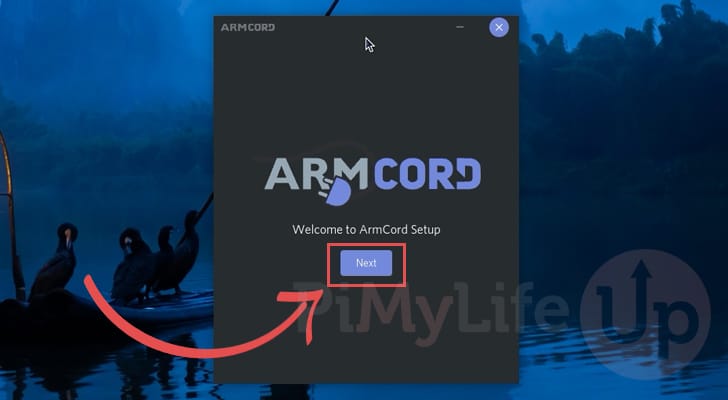
11. Next, you will be asked what channel you want to use for Discord (1.). We recommend you stick to “Stable” to prevent running into additional issues.
After selecting a channel, click the “Next” button (2.).
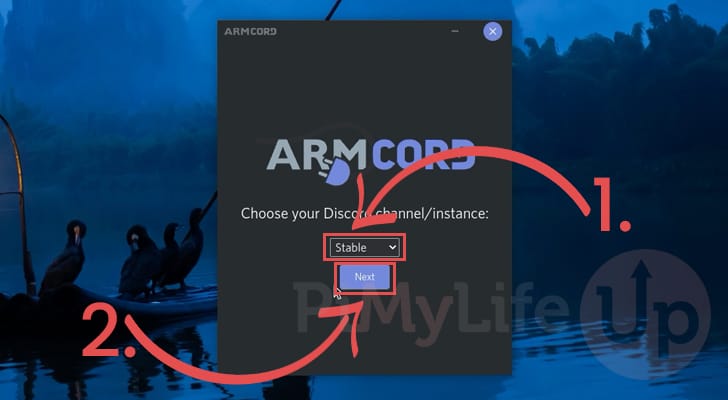
12. You will now be asked to select a client mod to install alongside Discord on your Raspberry Pi (1.). These client mods add additional functionality to Discord. You can read up about Vencord on their GitHub page.
When you have selected the client mod you want to use, click the “Next” button to proceed (2.).
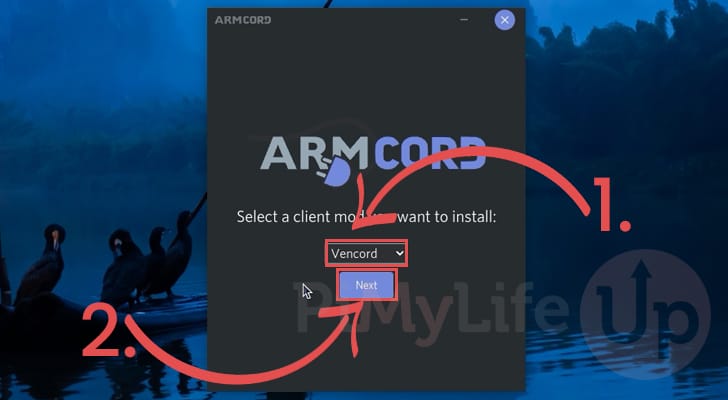
13. The final question you are asked is whether you want ArmCord to use a tray icon. This can cause issues, so this is set to “No” (1.) by default. In our brief tests, we had no issues switching this to “Yes” on our Raspberry Pi.
Once you have selected what you want to do, click the “Next” button (2.).
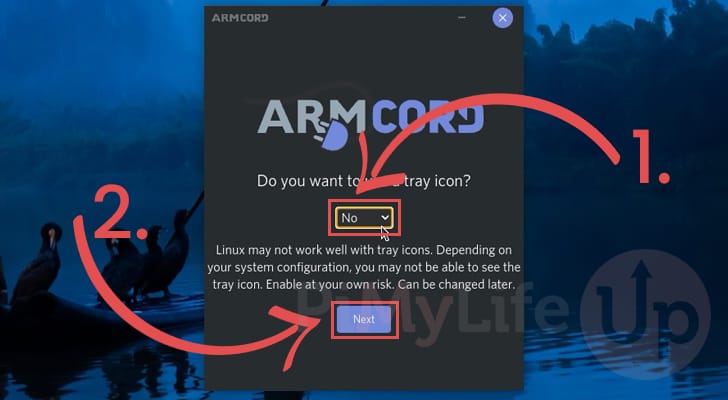
14. Below, you can see that we have successfully got Discord running on our Raspberry Pi by relying on a well-optimized third-party client called ArmCord.
You should now be able to login to your account and begin using it just like you would with the official client.
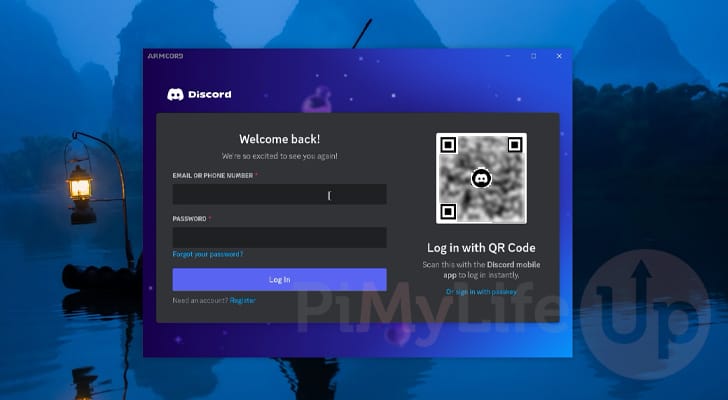
Conclusion
Hopefully, at this point, you will now have successfully got Discord to run on your Raspberry Pi.
While we don’t have access to the official client, there are a wealth of well-maintained third-party alternative Discord clients that we can use. Since Discord has a web app, all of these clients can essentially just wrap it and behave just like the official client.
Please feel free to post a comment below if you have had any issues with getting this Discord alternative to run.
If you liked this tutorial, we highly recommend exploring our many other Raspberry Pi projects.
